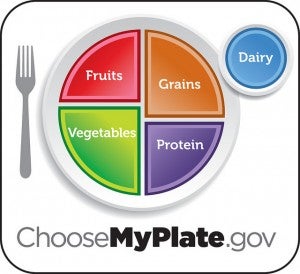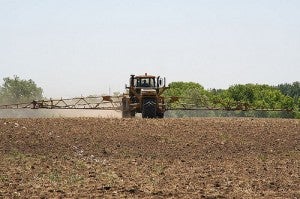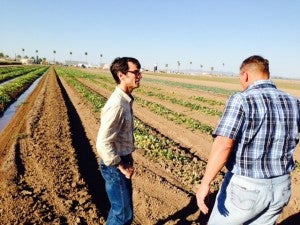
By this time next year, I believe we’ll reflect back on 2017 as the year that the private sector stepped up to protect our land, water and wildlife for future generations.
I believe this because major retailers, food companies, agricultural businesses and farmers laid the groundwork in 2016, making sizeable commitments to reduce greenhouse gas emissions (GHGs), improve water quality and conserve habitat for imperiled wildlife.
President-elect Trump has made political theater by threatening to kill the regulations that protect our nation’s air and water. But in the real world, the private sector is going the other direction.
Forward-thinking businesses are rolling up their sleeves and finding ways to make those regulations work better by accelerating the uptake of practices that are good for the planet and the bottom line.
These are three areas to watch in 2017.
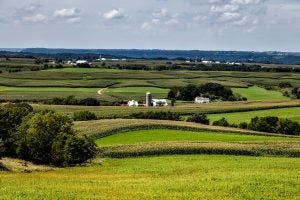 Like all Americans, I woke up on November 9 to a new reality: A few more Democrats in Congress, and yes, a President-elect who promised to dismantle our nation’s core environmental protections.
Like all Americans, I woke up on November 9 to a new reality: A few more Democrats in Congress, and yes, a President-elect who promised to dismantle our nation’s core environmental protections.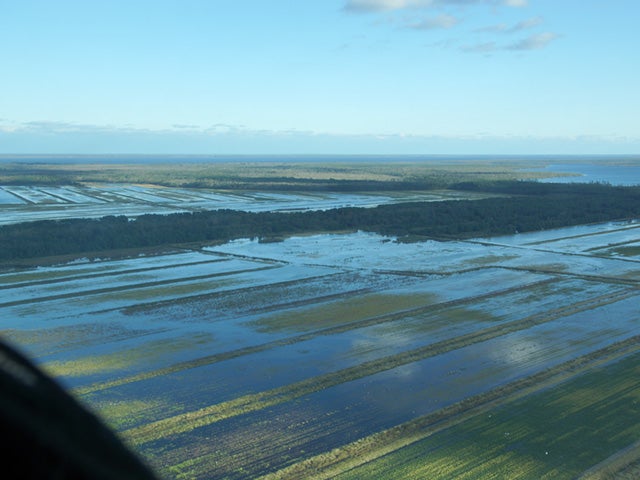
 Journalist Michael Pollan deserves credit for elevating the national conversation about food. Over the course of 25 years, his articles and books have thoughtfully contemplated the troubling side effects of the American diet and the way our food is produced.
Journalist Michael Pollan deserves credit for elevating the national conversation about food. Over the course of 25 years, his articles and books have thoughtfully contemplated the troubling side effects of the American diet and the way our food is produced.

